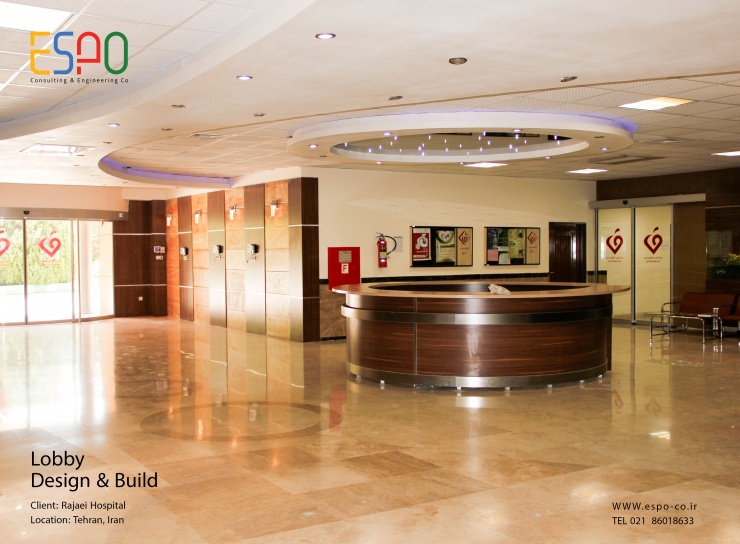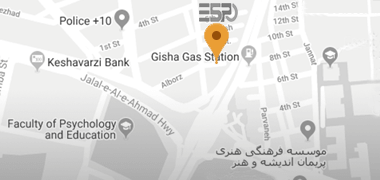
طراحی لابی بیمارستان یکی از مهمترین بخشهای معماری داخلی مراکز درمانی است که تأثیر قابلتوجهی بر تجربه بیماران و مراجعین دارد. لابی بیمارستان باید به گونهای طراحی شود که ضمن برآورده کردن نیازهای عملکردی و بهداشتی، احساس آرامش و اطمینان را به بیماران و همراهان القا کند.
در طراحی یک لابی موفق، چند اصل کلیدی وجود دارد:
1. طراحی فضایی باز و دلپذیر: فضای لابی باید حس استقبال و امنیت را القا کند. استفاده از نور طبیعی، سقفهای بلند، و پلانهای باز از جمله عواملی است که باعث کاهش حس استرس و اضطراب بیماران میشود.
2. استفاده از مصالح مدرن و باکیفیت: انتخاب مصالحی که هم زیبا باشند و هم از نظر بهداشتی مناسب، از اهمیت بالایی برخوردار است. معمولاً از موادی چون سنگهای طبیعی، شیشه، و فلزات با پوشش ضد باکتری برای کاهش آلودگیها استفاده میشود.
3. نورپردازی مناسب: نورپردازی تأثیر مستقیم بر حس و حال فضای لابی دارد. ترکیبی از نور طبیعی و نورپردازی مصنوعی مدرن، فضایی آرامشبخش و دلپذیر ایجاد میکند و باعث کاهش اضطراب بیماران میشود.
4. ترکیب رنگها: استفاده از رنگهای ملایم و آرامشبخش مانند سفید، آبی یا سبز روشن به کاهش استرس کمک میکند و احساس راحتی بیشتری به بیماران منتقل میکند.
5. دسترسی آسان و راهنمایی مناسب: لابی بهعنوان نقطه آغازین ورود به بیمارستان باید به گونهای طراحی شود که دسترسی به بخشهای مختلف مانند پذیرش، اورژانس، و سرویسهای بهداشتی به سادگی امکانپذیر باشد. استفاده از علائم راهنمایی روشن و واضح و ایجاد مسیرهای منطقی از نکات مهم در این بخش است.
6. فضاهای انتظار راحت و مجهز: طراحی فضاهای انتظار با صندلیهای راحت، تهویه مطبوع، و امکانات ارتباطی مانند اینترنت بیسیم به افزایش رضایت مراجعین کمک میکند. طراحی لابی بیمارستان علاوه بر جنبههای عملکردی، نقش مهمی در ایجاد تصویر مثبت از بیمارستان و کاهش اضطراب بیماران دارد. به همین دلیل، شرکتهای معماری مانند اسپو در پروژههای بیمارستانی خود به ایجاد تعادل بین زیباییشناسی و عملکرد دقیقاً توجه دارند تا فضایی بهینه و آرامشبخش ایجاد کنند.
پروژه طراحی و اجرای لابی بیمارستان قلب شهید رجایی، یکی از برجستهترین نمونههای طراحی داخلی بیمارستانی در ایران است که با هدف ارتقای تجربه بیماران و همراهان و بهبود کارایی عملیاتی اجرا شده است. این پروژه، توسط شرکت اسپو با رعایت بالاترین استانداردهای بینالمللی و استفاده از آخرین فناوریها در معماری درمانی انجام شده و توانسته است فضایی مدرن، بهینه و آرامشبخش برای مراجعهکنندگان ایجاد کند.









